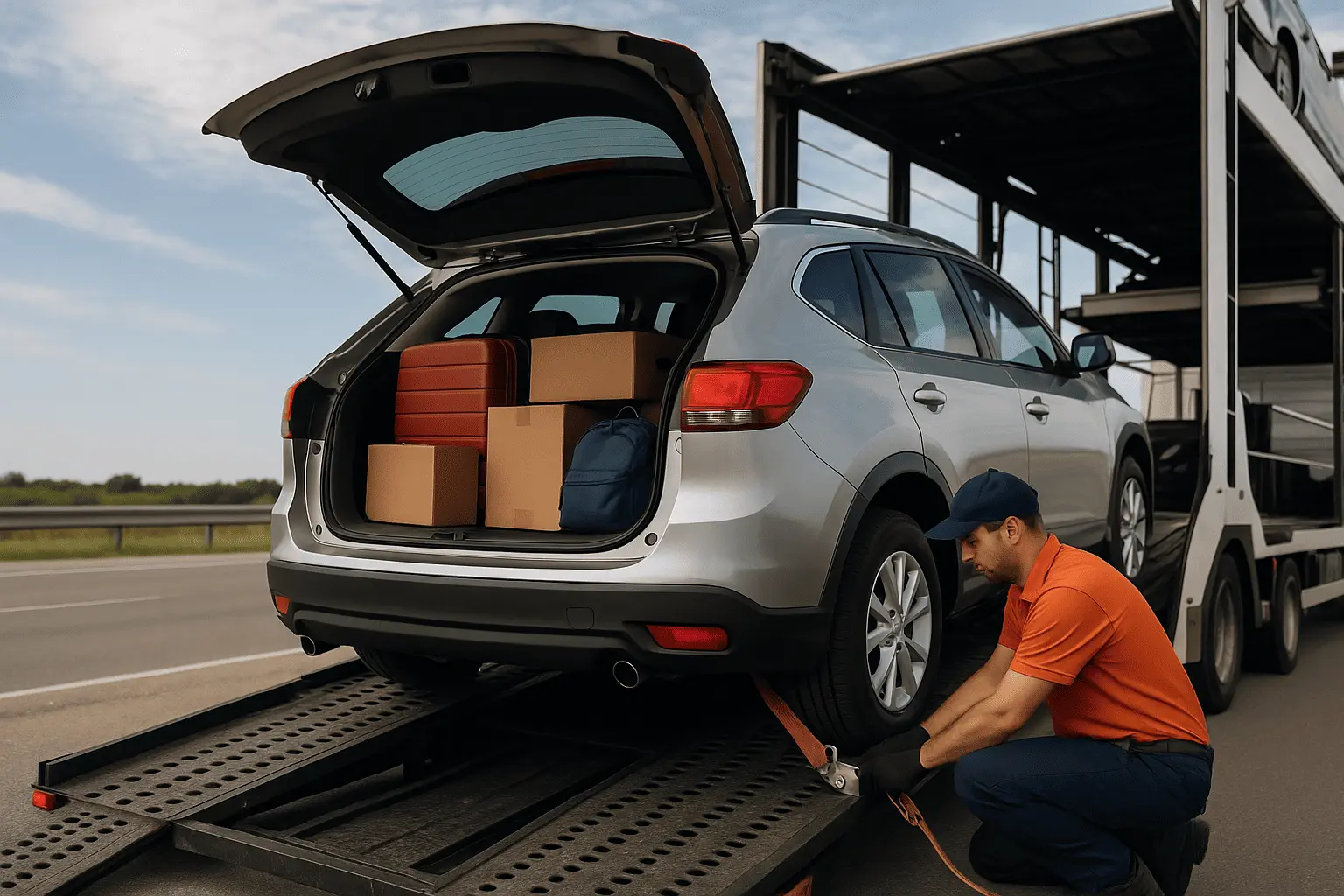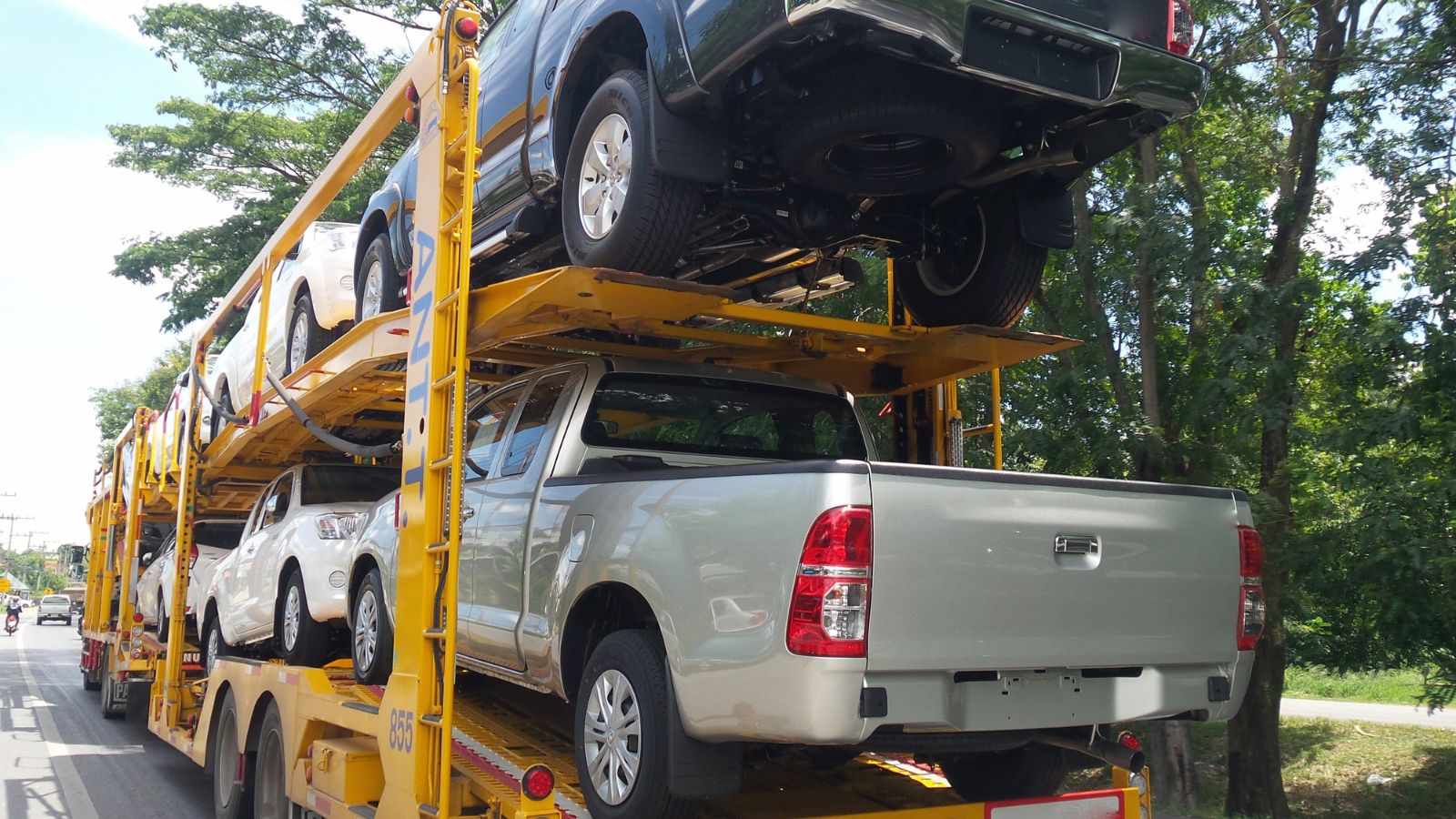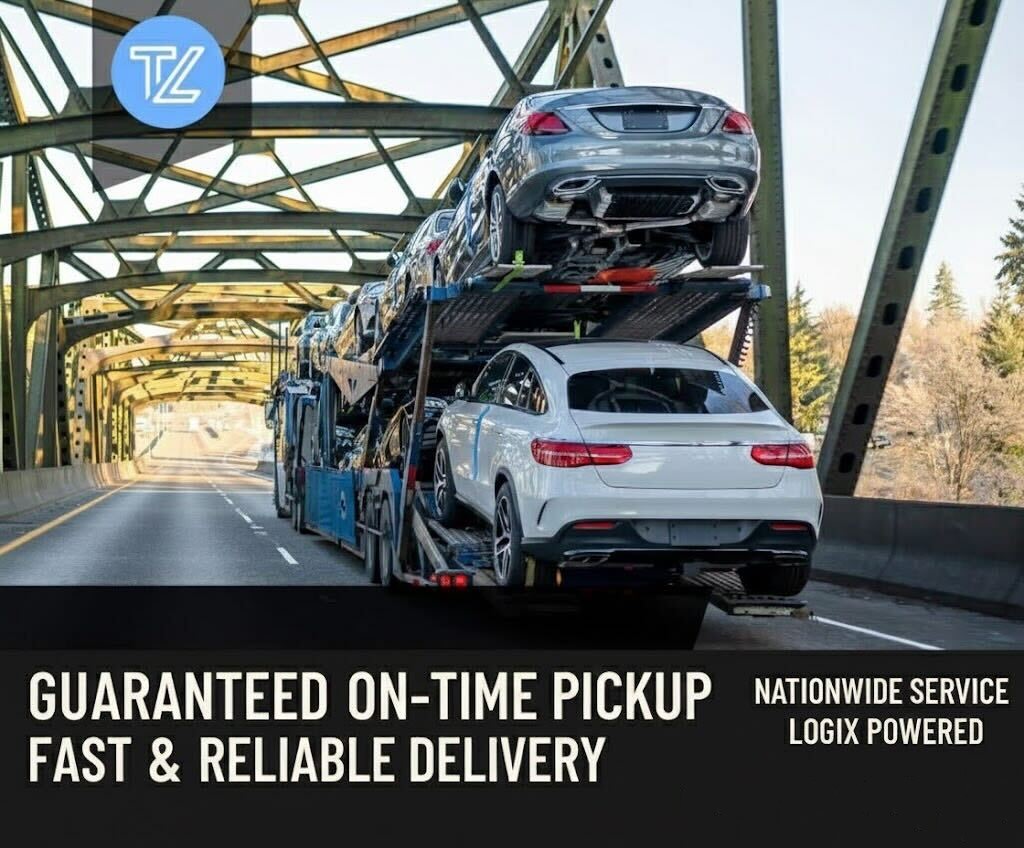Car transport with personal items sounds like an advantage, but several constraints and threats exist, and you have to be careful. It is important for you to note that every carrier primarily ensures the safety of the vehicle itself and not that of anything inside it.
Key Takeaways
- Transporting personal items inside a shipped car carries risk. Carriers are licensed to transport vehicles, not household items, and your belongings are often not covered by the carrier’s insurance.
- Weight and load restrictions apply. Items in your vehicle may cause the overall load to exceed DOT limits, resulting in extra fees, delayed pickups, or refusal of service.
- Loose or visible items increase liability. Unsecured contents can shift and damage the vehicle interior or create safety hazards. Visible belongings may also attract theft during stops.
- Documentation and communication are essential. Confirm the carrier’s policy on personal items, get it in writing, and photograph your car’s condition before and after transport to protect your interests.
- Alternatives may be safer. If you need to ship significant personal items, using a professional mover or shipping service for your belongings separately can reduce the risk of loss or damage.
Being equipped to encounter lateness, destruction, or added expenses is essential. Below is a list of the 8 most useful strategies to achieve the above goal.
Can You Put Stuff in a Car when Shipping?
The short answer is yes, although under specified constraints. Auto transport operators are licensed by the Federal Motor Carrier Safety Administration (FMCSA) as Motor Carriers of Property (except Household Goods).
This means that they are authorized to move vehicles, not household items. Only Household Goods carriers and movers are licensed and insured to transport personal belongings. If you go ahead and pack items in your car, they are shipped at your own risk.
8 Tips for Shipping a Car with Stuff Inside
If you are contemplating leaving items inside the vehicle during transport, these practical tips will help you do so safely, avoid issues, and comply with the law.
1. Follow the 100-Pound Rule
Most companies shipping cars give an allowance of 100 pounds for personal baggage inside your vehicle. There is this limitation because the Department of Transportation (DOT) strictly enforces weight restrictions on carriers, and violations can result in fines or delays.
If you’re going to send your car from one side of the country to the other with your belongings in it, let the load be as light as possible so as not to incur costs.
2. Secure and Conceal Your Items
Free-moving objects can alter positions in transit, thus causing damage to the car interior. Worse still, if visible, these items might be tempting to a thief when the car is parked or at a stop. Using suitcases, duffel bags, or sturdy boxes is one way to secure your belongings, always ensuring they are kept below the window line.
Trunk storage is always safer if you are able to.
3. Don’t Pack Valuables
Jewelry, electronic gadgets, cash, and other personal items that cannot be replaced are not to be packed when shipping a car with personal items. This is because insurance for the shipment covers the vehicle and not the contents.
4. Prepare Your Car Properly
Before you start packing valuables in the car, confirm whether the vehicle is in an appropriate state to be moved- wash it on the outside, take pictures of any prior damages, double-check fluid levels, and ensure that fuel is around a quarter of a tank. All these car shipment preparations enable ease and accuracy in the inspection process and avoid any possible misunderstandings.
5. Consider Enclosed Transport for Extra Safety
If you are looking to ship the car and belongings with less risk, enclosed transport may be the way to go, but you pay more. Unlike open carriers, enclosed trailers will shield your vehicle and belongings from weather, road debris, and prying eyes. This becomes very helpful for either shipping costly personal belongings or a high-end vehicle.
6. Know the Legal Restrictions
The U.S. DOT has no regulations against such items as luggage being shipped inside a car, but hazardous materials, firearms, and illegal substances are strictly prohibited (Hazmat Regulations). The company may refuse to ship the item, place the shipper under a fine, or pursue legal action against the shipper.
7. Get a Transparent Quote
Since weight can increase the shipping charges, it is advisable to be open about it while asking for a quote. Many movers do provide instant web-based calculators to give a rough estimate of pricing. Using an auto transport quote calculator may give you an idea of how much you might be charged prior to actually placing an order.
8. Communicate with Your Transport Company
Each company will have its own guidelines regarding the shipping of a car with belongings inside. Some may allow something more than 100 pounds for an added consideration, while others will not permit it either way.
Always get the policy stated in writing to know exactly what to anticipate. If unsure, check out how an auto transport arrangement works before making a booking.
Things to Consider while Shipping a Car with Personal Items Inside
In considering whether car transport with personal items suits you, take an alternating view of its pros and cons:
- Insurance Limitations: Personal items inside your car are not covered by the carrier’s cargo insurance. If they are stolen or damaged, you’ll have to fall back on the auto insurance that may or may not cover them.
- Police Inspections: The cops or DOT officers can legally inspect vehicles on trailers while they are in the process of being transported. Items hidden in your trunk aren’t always safe from such checks either. Inspections cause delays or may be embarrassing in case you’ve packed some sensitive stuff.
- Added Costs: Greater the weight, higher the cost of shipping. Even if slightly exceeded, it could cost you extra dollars. For long-distance moves, however, consider whether shipping a car with personal items may truly be more cost-effective than shipping the items.
- Risk of Theft or Damage: Motor vehicle theft is still a common crime nationwide. Even if your car is comparatively safe on the carrier, visible personal belongings may invite attempts at theft.
- Alternatives: Hiring a professional moving firm or parcelizing companies are always safer ways for belongings.
Ultimately, is shipping a car across the country with belongings possible? Yes, you just have to do it with some restrictions and while fully cognizant of the associated risks. In case you go ahead and ship a car with belongings in tow, limit your items to lightweight and cheap stuff, make sure everything is well concealed, and have clear confirmation from your carrier.
Sources
- U.S. Department of Transportation – Pipeline and Hazardous Materials Safety Administration, “Hazardous Materials Regulations (HMR)”, Accessed November 4, 2025.
- Federal Motor Carrier Safety Administration, “Consumer Advisory About Automobile Transporters”, Accessed November 4, 2025.






